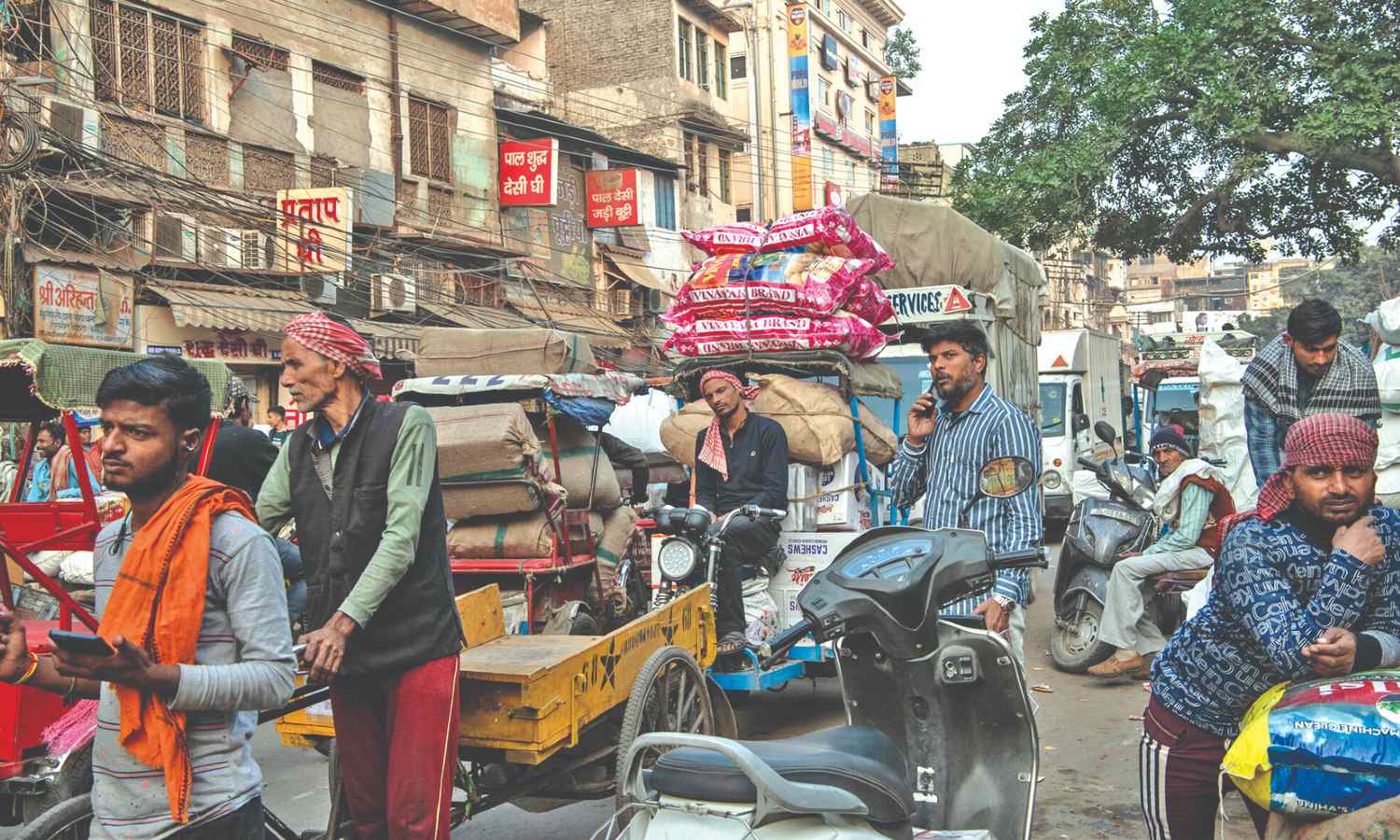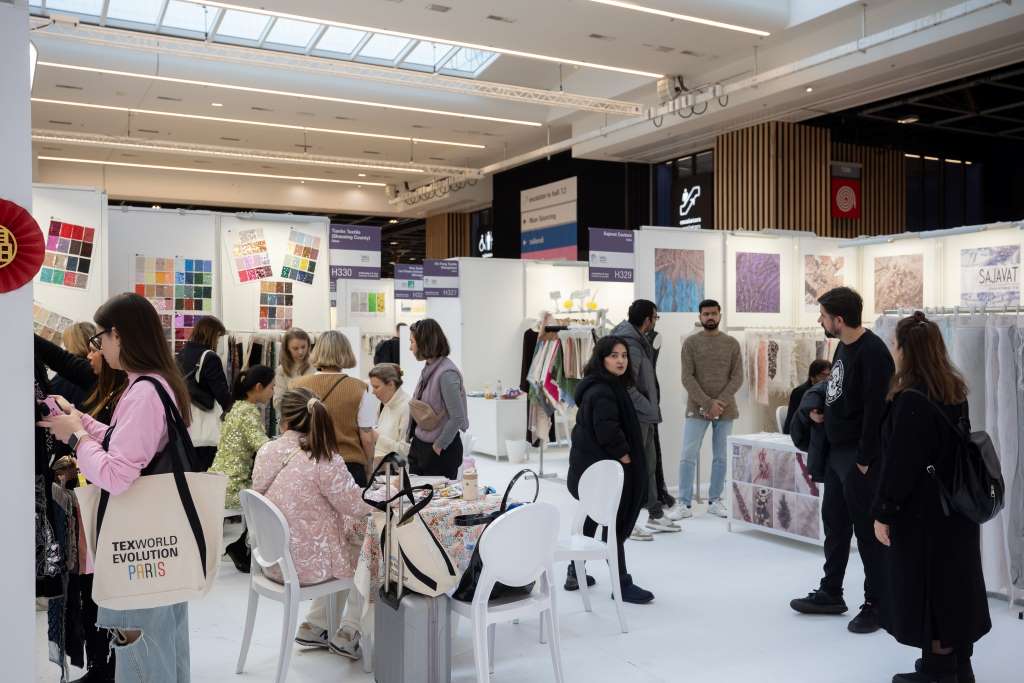FW
Agoa expo and trade fair will be held in New York from September 25 to 30. This is a business platform committed to celebrate US-Africa cooperation, strengthen bilateral trade relations, promote Agoa key export products and investment opportunities. It is an opportunity for US companies to expand business or introduce new products and services in the 40 African countries.
The trade fair is a business opportunity for African apparel, textiles, footwear, skins and leather products. The event will also host meetings, round tables, B2B conferences and workshops to focus on important topics to build capacities, raise awareness, present business opportunities and encourage trade between the United States and African countries.
A fashion week will present a platform for African fashion designers to update their knowledge about Agoa apparel and textile products, what they are eligible to export to the United States or to learn about the Agoa apparel exports process. Agoa experts from the US will train participants during workshops and master classes to help them increase their production, have more customers everywhere in America. It is also an opportunity to source, network with US manufacturers, machinery, yarn and fabrics companies, buyers and retailers.
Agoa provides eligible sub-Saharan countries duty-free access to the United States.
The Readymade Garment Exports (RMG) sector is continuously declining. From August to April the sector declined by 12.12 per cent to reach $6.61 billion down from $7.522 billion in April 2018. The major reasons are: rising cotton prices, GST and reduction in duty drawbacks. Post-GST, reduction in duty drawback, and remission of state levies are some of the other factors that have affected the industry badly.
The negative trend in export has become one of the most worrying factors affecting the RMG industry. Recently, the export fraternity met the Apparel Export Promotion Council (AEPC) discussing the ongoing challenges in the industry. But an announcement is yet to be made as they believe that it may negatively impact the relationship with their clients.
A delay will drive buyers to competitors Bangladesh, Vietnam, Ethiopia, Myanmar. And once they settle there it would be difficult to bring lure them back to India. Meanwhile, the season will go off with partial orders.
Parley for the Oceans, a nonprofit, has collaborated with Adidas to produce textiles from ocean waste. Working with a global cleanup network, Parley removes plastic debris from coastlines, ocean waste, and illegal deep-sea gill nets, and transforms it into yarns and filaments.
Since the team released the first prototype, a concept sneaker, in June 2015 in a limited run, it has put out many more shoes and garments, including a midsole 3D-printed from ocean plastic. The newest shoe, Parley Ultra Boost, consists of 95 per cent ocean plastic, or about eleven plastic bottles. Addressing plastic pollution in the oceans is an ecological challenge of massive proportions.
A number of other brands have since followed Adidas’s example of partnering with nonprofits to tackle the plastics problem. Ananas Anam has created a natural textile Piñatex made from pineapple leaves. The product makes use of fiber by-products of pineapple agriculture and requires no additional land, water, fertilizer, or harmful chemicals. The result is a lightweight, flexible, and breathable alternative to resource-intensive leather. Ananas Anam is continuing to develop the material, aiming for a fully biodegradable product. Efforts to grow climate-beneficial fibers are on.
The National Council of Textile Organisation (NCTO) has applauded the Trump administration’s September 17 Section 301 tariff announcement as necessary to resolve longstanding trade inequities with China. The organisation, however, strongly believes that the administration’s continued focus on added tariffs on upstream textile inputs while thus far refusing to impose tariffs on finished Chinese textile home furnishing and apparel, is flawed.
The organisation also thanked the Trump administration for removing various items from the latest retaliation list, including rayon fiber and certain dyes and chemicals. The US textile industry requested the exclusion of these products as they are not available domestically and China is the only significant source of supply.
NCTO is a Washington, DC-based trade association that represents domestic textile manufacturers, including artificial and synthetic filament and fiber producers.
Sri Lanka has slashed the value added tax on fabric imports to five per cent from 15 per cent. This is aimed at helping the apparel industry, particularly small exporters. An interest subsidized loan scheme helps medium and small-scale manufacturing industrialists obtain fabric as raw material at a low cost. The US is the biggest buyer of Sri Lankan apparel, growing 3.8 per cent. Exports to the EU are a close second, growing 7.8 per cent.
The trade dispute between the US and China is helping Sri Lankan apparel exports to the US. However there’s a concern on European markets due to the weather conditions. Because of the long winter in Europe, the retail sector has slowed down as the long winters cause people to spend lesser time in shopping.
Some manufacturers in Sri Lanka are still engaged in manufacturing basic apparel despite the country’s gaining the GSP Plus concession last year. What the industry is also doing is upgrading itself to the next level by focusing on high tech and designer apparel. India and Sri Lanka are widening the scope of FTA they already have by including services and investments. The free trade agreement was arrived at in 2000.
As per a new report by the National Centre for Socio-Economic Information and Forecast (NCIF) under Ministry of Planning and Investment (MPI), it will take about three years for the US-China trade war to take effect on Vietnamese economy. The report also forecasts, the war can cause Vietnam’s GDP growth to lose 0.03 and 0.09 percentage points in 2019 and 2020, respectively, before reaching its peak of 0.12 percentage points in 2021. In the following years, the effect would fade gradually.
Vietnam’s economy until 2017 stood at $220 billion. Given the 6.8 per cent growth (expected) this year, the scale could be $235 billion. With supposed GDP’s growth of 6.5 per cent on average within the next five years, Vietnam economic value would reach $302 billion. Also, the US slaps 25 per cent tariffs on imports worth $34 billion from China would cause an annual loss of VND6,000 billion (US$258 million) for the Vietnamese economy during 2018-2020.
As many as 150 exhibitors displayed more than 300 brands at the August Gartex in New Delhi. It witnessed 18,100 trade visitors including garment and textile manufacturers, garment and textile machinery importers and exporters, fashion designers, merchandisers, distributors and wholesalers.
Exhibit categories included embroidery machines, cutting and sewing machines, fabrics and accessories, needles and threads, laundry and washing equipment, finishing equipment, laser cutting machines, automation and software.
The platform showcased digital textile printing machines, pre and post-treatment equipment, inks, sublimation paper, heat transfer machines, sublimation machines and direct-to-garment printing machines. Segments under which the exhibiting companies displayed their innovations include: digitex, embroidery machines, highlighting innovations in the embroidery sector, garmenting and apparel machinery, fabric and accessories pavilion and denim show.
A conference on the denim industry was conducted on the third day of the show. The talks comprised a series of events to discuss innovations in design and trends besides highlighting changing technologies on the denim manufacturing front. Gartex is India’s fastest growing and one-of-its-kind exhibition on garmenting and textile machinery, fabrics, accessories and allied industries. It helped exhibitors with expanded business contacts through corporate networking besides locating and reaching out to target customers. The show also staged educational workshops which focused on enhancing industry skills.
Sanjay K Jain, Chairman, CITI has revealed that exports of textile and clothing sector recorded a hike of 18 per cent fetching Rs 21,895 crores during August 2018 compared to Rs 18,533 crores in the previous year. The progressive figures witnessed a 6 per cent growth and registered Rs 1,01,727 crores during April-Aug this year as compared to Rs 95,888.00 crores recorded last year during the same time period.
Imports for textile yarn fabric & made-ups recorded a surge of 32 per cent at Rs 1,196 crores during August 2018 as compared to Rs 907 crore during the previous year. The cumulative import figures stood saw a hike of 11 per cent at Rs 5,347.00 crores during April-Aug 2018 from Rs 4,799 crores last year.
World Textile Merchandising Conference (WTMC) will be held in China, September 20 to 21. It will explore latest changes and trends in the textile industry and seek to build a cooperation system throughout the industrial chain, therefore promoting high-quality development.
The event will explore new patterns of globalisation and transformation of the textile industry. Firms, fashion institutions, industry associations and design institutes from more than 20 countries will participate in the event. The conference will discuss the status quo and future of the world’s textile industry and promote the cooperation in the textile industry chain under the China’s Belt and Road initiative.
China’s textile industry has to strengthen international cooperation, actively promote cross-border flows of resources such as products, production capacity, technology, capital, and talents, strengthen product innovation and advance industrial intelligence and service transformation.
The textile industry is facing changes. Therefore, it is necessary to coordinate and promote the localization and globalization of the industry, increase openness and cooperation in building innovation capacity, advance cross-border flows of such resources as products, productivity, technology, capital, and talents, and fully integrate and utilize global resources to achieve coordinated development.
The Gujarat State Agriculture Department in its first advance crops estimation report has reduced the estimates for cotton crop production in the state by nearly 15 per cent due to lesser rains. The government has reduced the estimate from 102 lakh bales in 2017-18 to 88 lakh bales in 2018-19. As per reports, the state agricultural department has also reduced other commodity production estimates in Gujarat except rice due to huge rain deficit.
According to a data from the India Meteorological Department, overall rainfall in Gujarat between June 1 to September 13, 2018 was 25 per cent below normal, and the major cotton growing regions of Saurashtra and Kutch reported a 30 per cent deficit rainfall. Significantly, this kharif season, cotton was sown late in Maharashtra due to delay in arrival of monsoon rains and also to avoid another attack of pink bollworm, which destroyed about 20-25 per cent of the state’s cotton output last year.
The country’s cotton output estimates for the 2018-19 season have also been reduced to 350 lakh bales from 365 lakh bales harvested a year ago due to lower acreage and a possible fall in yields.












